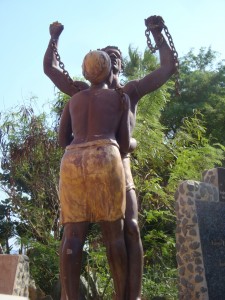Travel
Namibia
The dry lands of Namibia were inhabited since early times by Bushmen and since the 14th century by immigrating Bantu. A German Imperial protectorate in 1884, it remained a German colony until the end of World War I. In 1920, the League of Nations mandated Namibia to South Africa, which imposed its laws and apartheid policy. In 1966 uprisings and demands by African leaders led the UN to assume direct responsibility over the territory. South West Africa People’s Organization was recognized as the official representative of the Namibian people in 1973. Namibia, however, remained under South African administration. With the exception of Walvis Bay — a harbor town that remained under South African control until 1994 — Namibia obtained full independence from South Africa following the Namibian War of Independence in 1990. (more…)





